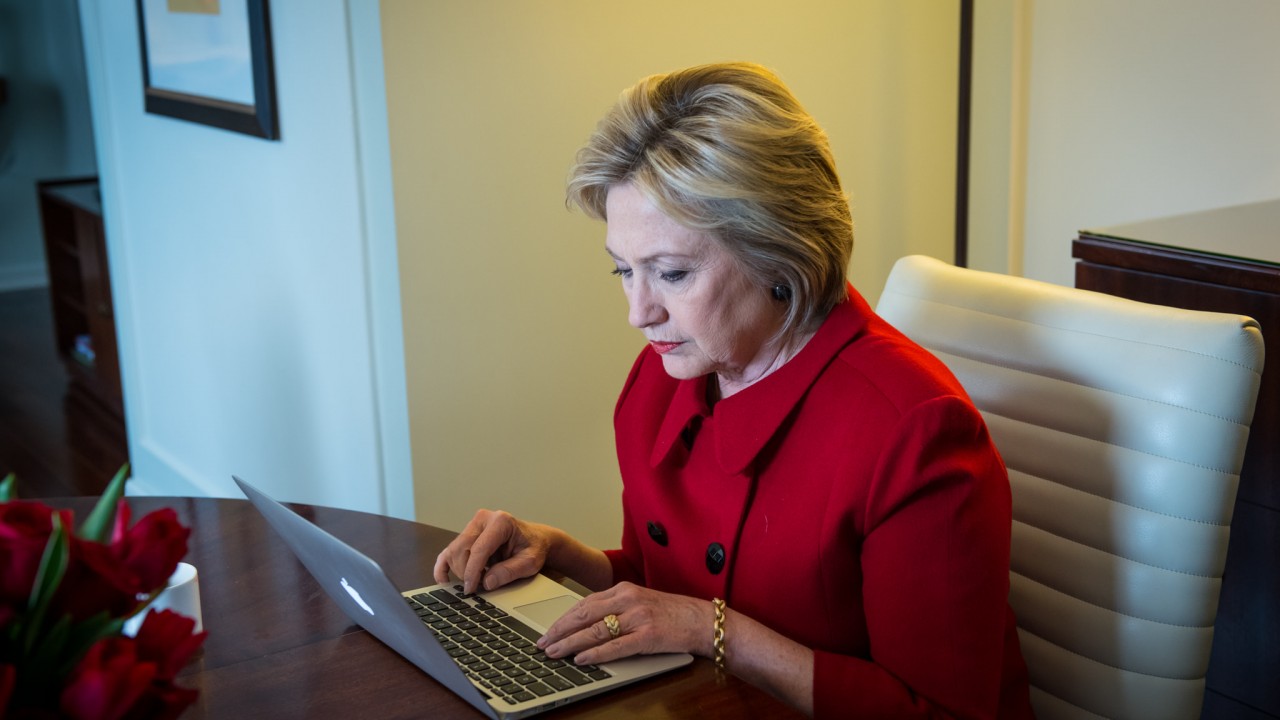The study illuminates the degree to which opposing sides used social media differently - and postulates as to why. It also shows which major media sources played important roles and how we, the electorate, used them. That Breitbart even figured in as "major" came as a surprise to me.
I am neither a data analyst nor a campaign strategist. I am not sure what we could have done differently based on the results of this study. What I do see is that we failed to battle the Breitbart offensive effectively. It was astoundingly successful. Click on the upper right link on the page to download the full pdf text.
There were stories here that I never encountered, e.g. the one about immigrants with "blistering STDs."Partisanship, Propaganda, and Disinformation: Online Media and the 2016 U.S. Presidential Election
Read the full report - click the Download Full Text link >>>>
Title: Partisanship, Propaganda, and Disinformation: Online Media and the 2016 U.S. Presidential Election Author: Benkler, Yochai; Roberts, Hal; Faris, Robert M.; Etling, Bruce; Zuckerman, Ethan; Bourassa, NikkiNote: Order does not necessarily reflect citation order of authors. Citation: Faris, Robert M., Hal Roberts, Bruce Etling, Nikki Bourassa, Ethan Zuckerman, and Yochai Benkler. 2017. Partisanship, Propaganda, and Disinformation: Online Media and the 2016 U.S. Presidential Election. Berkman Klein Center for Internet & Society Research Paper. Full Text & Related Files: 2017-08_electionReport_0.pdf (7.332Mb; PDF) Abstract: In this study, we analyze both mainstream and social media coverage of the 2016 United States presidential election. We document that the majority of mainstream media coverage was negative for both candidates, but largely followed Donald Trump’s agenda: when reporting on Hillary Clinton, coverage primarily focused on the various scandals related to the Clinton Foundation and emails. When focused on Trump, major substantive issues, primarily immigration, were prominent. Indeed, immigration emerged as a central issue in the campaign and served as a defining issue for the Trump campaign.
We find that the structure and composition of media on the right and left are quite different. The leading media on the right and left are rooted in different traditions and journalistic practices. On the conservative side, more attention was paid to pro-Trump, highly partisan media outlets. On the liberal side, by contrast, the center of gravity was made up largely of long-standing media organizations steeped in the traditions and practices of objective journalism.
Our data supports lines of research on polarization in American politics that focus on the asymmetric patterns between the left and the right, rather than studies that see polarization as a general historical phenomenon, driven by technology or other mechanisms that apply across the partisan divide.
The analysis includes the evaluation and mapping of the media landscape from several perspectives and is based on large-scale data collection of media stories published on the web and shared on Twitter.
There are lessons here. Maybe our team did not spend enough time in the slime of the opposition websites to battle their disgusting lies. We thought the opposition, like us, actually accessed traditional sources, which, as the study shows, did not give Hillary's issues any kind of fair hearing because, you know, her emails!
I must thank Jen Michigander for sharing this study with me. She is the intrepid one who has spent a lot of time moving among the shadows at the opposition pages.


